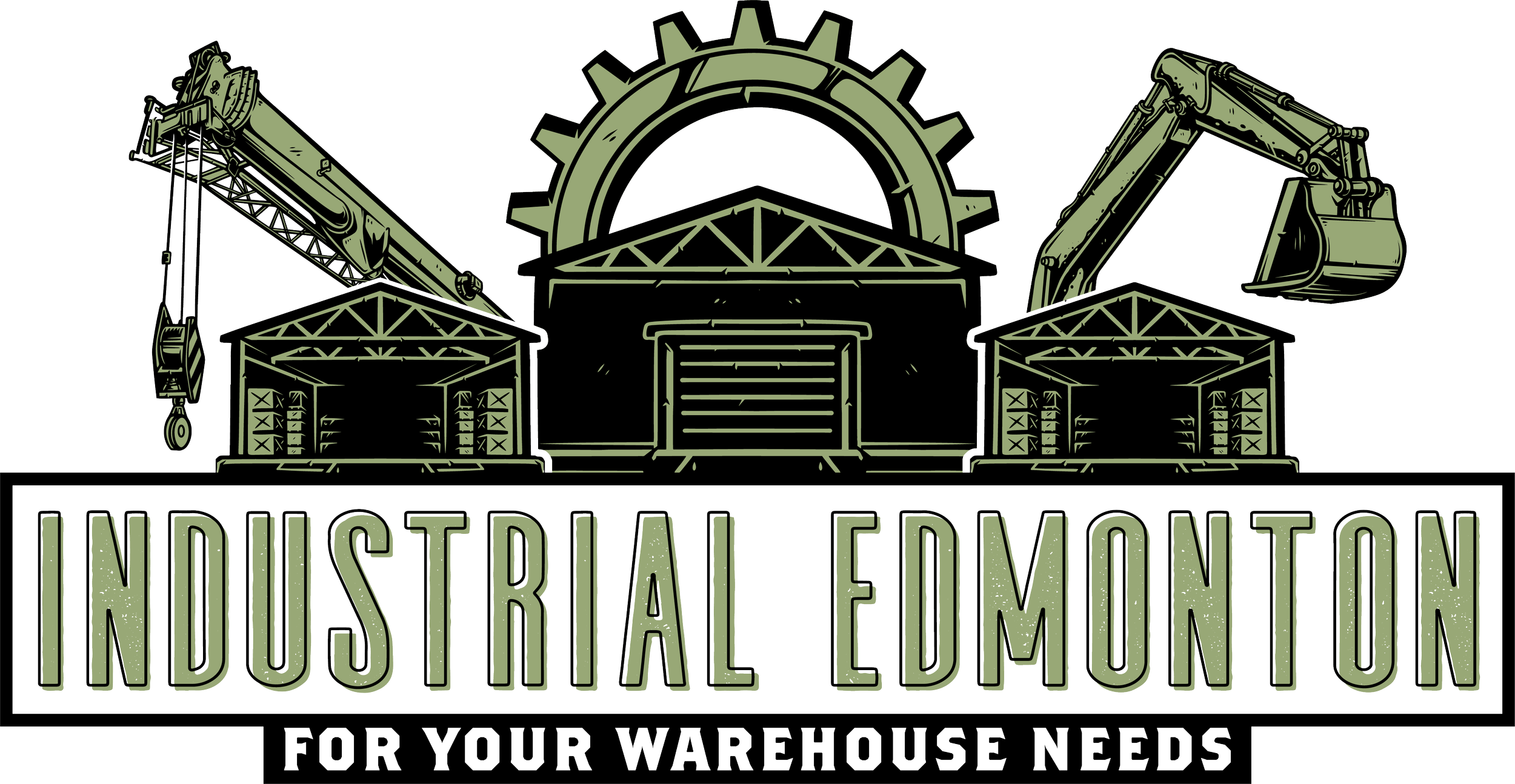Stress-Tests & Rate Hikes & Regulations.... Oh My!
What a tumultuous first and second quarter in the residential real estate market! Initiated last year by the ever escalating residential markets in Vancouver and Toronto, the federal Bank of Canada and governing boards decided to bring about new regulations to get a handle on the impending real estate bubbles in each respective City.
What we've seen of late, is that the bubble has popped in a yuuuuge way in Toronto, and to a lesser degree in Vancouver - you could probably hear it here in Edmonton. Houses that in January, February, and March were selling at the peak of the market, have now plummeted in value by nearly 18% in three months! "The average GTA property was worth $919,589 in April – the most ever. But by July 13th that had declined to $755,727..." (greaterfool.ca).
Now in conjunction to what is happening in Toronto & Vancouver, across the country, we have been experiencing what most would call a recession, particularly here in Alberta, the heart of oil & gas production for Canada. However last week, the Bank of Canada, as they had hinted, raised the federal rates across the country by 0.25% causing the BOC's Prime rate to increase to 2.85% while the majority of secured LOCs bumped up to 3.45%. While this doesn't seem like a lot, this 0.25% increase for Canadians that are holding peak amounts of household debt, especially younger Canadians who have over-leveraged and NEVER seen higher rates, will be an impending issue. Just read what Garry Marr of the Financial Post wrote in September, 2016, well before the rate hikes arrived:
"There are more than 700,000 Canadians who might be watching the next Bank of Canada decision very closely, because even a modest interest rate increase could push them over the financial edge. A new study out Tuesday from credit agency TransUnion shows that of the 26 million credit-active Canadians in the country, 718,000 can’t absorb a 25-basis point increase or they won’t have enough cash flow to cover their debts. Raise rates one percentage point, something not likely to happen overnight, and 971,000 Canadians end up in a cash crunch." (business.financialpost.com)
Lastly, and what many are predicting to be the most catastrophic for the residential mortgage market and consumer spending is the new stress-testing requirement that OSFI (Office of the Superintendent of Financial Institutions) has partially implemented and plans to further enforce come this Autumn. The Coles Notes is that all borrowers looking to obtain a mortgage will be required to prove that they can pay back the same loan at 200 basis points (2%) higher than the going rate. This includes conventional, uninsured loans, those where purchasers have at least a 20% down payment, and which make up 80% of all mortgages in Canada. "If OSFI expands the stress test as planned, McLister (founder of RateSpy.com) reckons those conventional buyers could see their purchasing power slashed by 18 per cent." (BNN.ca). Understandably, this could have more drastic impacts than any rate hike, although there will be more of those as well. As rates continue to rise, consumers will be forced to put more money towards servicing their (often large) debt loads, and less money will go to consumer spending. Let's see how this all plays out.

